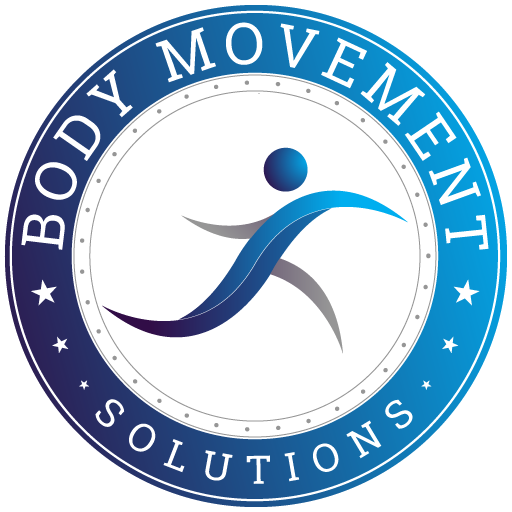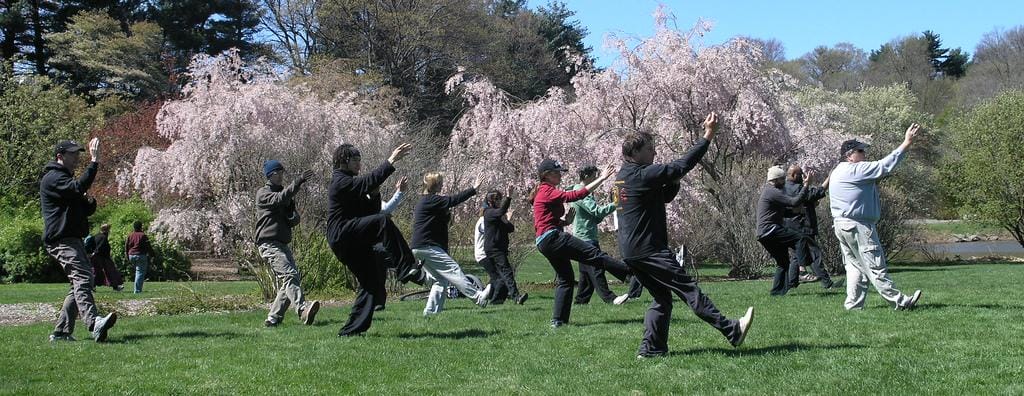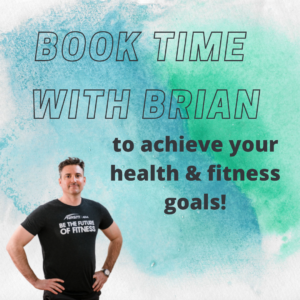A Swing Athletic Tai Chi class consists of multiple parts
Warm-up:
Easy motions, such as joint circles, turning the head from side to side, or twisting the waist, help to loosen the muscles and joints and focus on the breath and body. Stage one of the training eliminates the body’s stiffness and tension. This requires moving slowly and softly.
Chi Kung (or Qigong):
Translated as “breath work” or “energy work,” this consists of gentle breathing exercises which can be still or moving. The idea is to help relax the mind and mobilize the body’s energy. Chi Kung may be practiced standing, sitting, or lying down.
Forms of Tai Chi:
The solo form takes the student through a series of movements that facilitate natural ranges of motion over their center of gravity. Accurate, repeated practice of the solo routine retrains posture, encourages circulation throughout the practitioner’s body, and maintains flexibility of their joints.
Many different styles of Tai Chi require smaller or larger movements.
A short form of Tai Chi with smaller, slower movements is usually recommended initially, especially if you’re older or physically challenged. If the student practices the form correctly in a relaxed manner, their joints and ligaments will slowly be loosened, paving the way for their energy to flow; they will become fitter and healthier and can then move on to the internal training, where their Chi or energy matches the physical movements of the form.


